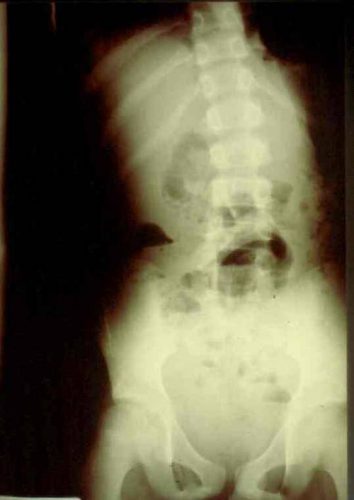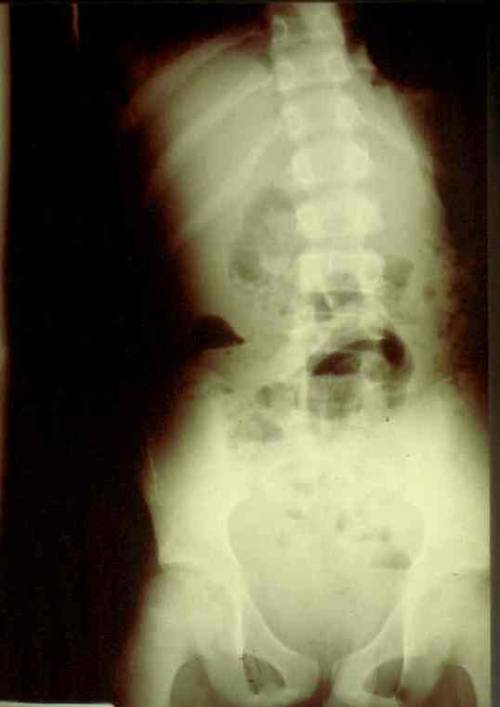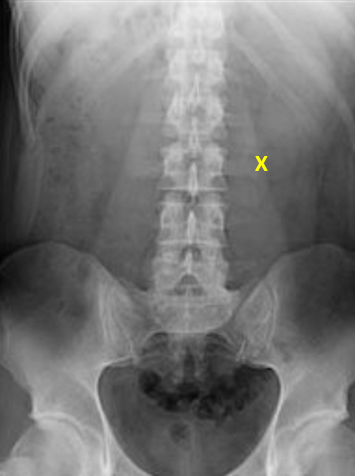Yesterday, I presented the case of a young man with a teensy weensy little stab to his abdomen, just above the umbilicus. There was a tiny bit of oddly colored fat that was visible in the wound. So now what should we do?
The first thing is to figure out what that bit of fat is. It doesn’t have the normal large pebbling and color of subcutaneous fat. Therefore, it must be a small piece of omentum protruding from the wound.
And what is the significance of that? This question has been addressed by papers with low numbers of subjects since the 1980s. It really depends on what country you are located in. Do you have readily available OR resources? Are there pressures to minimize hospital stays (US)?
One of the earliest papers originated from Parkland Hospital in Dallas TX. They reviewed 115 cases of omental evisceration over a 4 year period, and found that “serious” abdominal injuries were found in 75% of them. All went to laparotomy, and injuries to not one, but two organs were noted in about half of the positive cases. There was a 7% complication rate with negative laparotomy,
Contrast this with a study from Kingston, Jamaica where 66 patients with abdominal stabs and omental evisceration were treated. Of these, 14 were treated with observation because they had a normal abdominal exam. All were treated successfully without operation. But note the ratio here: 14/66 = 21%, which is the same as the negative laparotomy in the Parkland study (25%). So this study implies that if the patient can be watched and does not develop symptoms, the negative lap may be avoided.
Unfortunately, in many countries there are pressures to get people out of the hospital as soon as possible. Since small bowel content is relatively benign (at first), patients may not become symptomatic for several days. It would probably be difficult to convince your hospital to keep patients laying around for serial exams for days on end. Not to mention the logistical problems of doing good serial exams.
So most trauma professionals will be compelled to do something. And what should we do? Here are some possibilities. Pick your poison, and I’ll give you my choice tomorrow.
- Local wound exploration
- CT scan of the abdomen
- Proceed to the operating room
As before, leave a comment to let me know what you would do. Or tweet it out!
References:
- Significance of omental evisceration in abdominal stab wounds. Am J Surg 152(6):670-673, 1986.
- Non-operative management of stab wounds to the abdomen with omental evisceration. J Royal Col Surg Edin 41(4):239-240, 1996.



